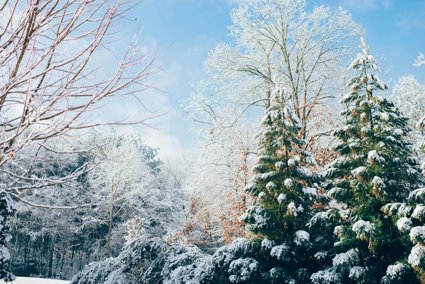Why do we have seasons?
Prior Learning
In the previous lesson students thought about day and night, and that day is warm and night is cold.
Objectives
By the end of the lesson:
-
All students will know that we have seasons because the Earth is tilted
-
Most students will know that the amount of heat and light we get from the sun in winter is less than that in summer
-
Some students will know that the Earth is tilted at an angle of about 23.5°
Starter
Mind-map words students associate with seasons. (Simplify to summer and winter for low ability groups)
Feedback to class highlighting those to do with temperature or light differences.
You will need:
-
Mind-map slide (use one of the slides from the PDF as a basis or draw on board)
Main Activity
Recap the Earth rotates once anticlockwise on its axis, every 24 hours.
Year
Use the football and torch to demonstrate the Earth moves round the sun and explain that this takes one year.
Seasons
Introduce concept of tilt of Earth and how that means we don't get constant conditions throughout the year.
Use the globe to demonstrate the Earth year, focusing on the effect of the tilt.
Illustrate using the seasons animation.
Shine light at board at acute angle and discuss how the areas nearer the light are brighter than the areas further away. Relate this to the intensity of light on the globe in different seasons.
Label diagram to show seasons in the northern hemisphere.
You will need:
-
Football
-
Lamp or torch
-
Globe
-
Seasons animation
-
Seasons worksheet
-
Seasons worksheet answers
Plenary
Ask the students to complete the crossword to assess their knowledge of seasons around the world.
Seasons crossword worksheet
File nameFiles
File type
Size
Download

